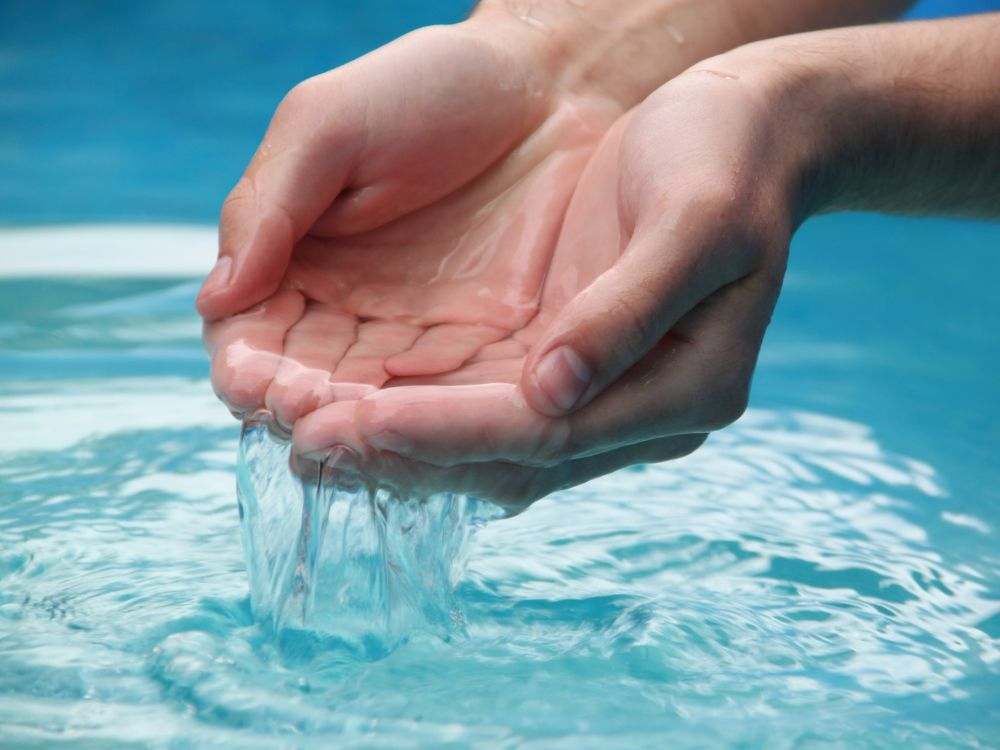Have you glanced at the latest Phoenix water quality report and felt lost? You’re not alone. Technical terms like grains per gallon, TTHMs, and turbidity can blur together fast. This guide breaks each line into plain English so you can judge the health of your tap. You’ll see how the numbers connect to appliance wear, skin comfort, and long-term savings.
Why the Phoenix Water Quality Report Matters
Phoenix sits on ancient, mineral-rich desert ground. Groundwater and Colorado River supplies pick up calcium and magnesium, and trace contaminants on the long trip to your tap. The city publishes its yearly water quality report to prove compliance with federal safety limits. Yet compliance does not always equal comfort. Hardness, chlorine taste, and emerging compounds still slip through.
Homeowners feel the impact everywhere. Scale rings coat shower doors. Water heaters grind under crusty sediment. Dry skin flares after every rinse. Reading the report helps you trace each nuisance to a specific number like grains per gallon, total dissolved solids, or chlorine residual. When you know the figures, you can match them with targeted treatment instead of guessing.
That’s where Pristine Water Softeners & Filtration steps in. Our team has tracked Phoenix data for decades. We build systems around local hardness averages and seasonal chlorine spikes, so installations hit the problem head-on. Free in-home testing confirms what the report hints at, then we tailor softeners, whole-house filters, or reverse-osmosis units to close the gap between “legally safe” and “truly pristine.”
Benefits of better water quality
- Softer laundry and brighter dishes
- Longer appliance life and lower energy use
- Reduced soap and detergent costs
- Healthier skin and hair feel
- Fresh, clean taste straight from the faucet
Key Sections at a Glance
Phoenix publishes a dense, 20-page Phoenix water quality report every summer. Skimming is easier when you know which four blocks of data hold the big clues.
Contaminant Table Snapshot
The first chart lists regulated contaminants alongside two limits: Maximum Contaminant Level (MCL) and the level found in city samples. Scan the “Range” column for highs that edge toward the MCL.
Chlorine by-products such as TTHMs often bump up during hot months, so note any seasonal spikes. Even “below limit” numbers can cause taste or odor issues at home. Flag entries exceeding half the MCL are prime targets for whole-house carbon filtration.
Hardness and Mineral Load
Hardness lines sit outside federal regulation, yet they drive the most household complaints. Phoenix averages 15–20 grains per gallon, well into the “very hard” bracket. That load forms scale on heating elements, clogs aerators, and dulls laundry colors.
Spot your neighborhood’s specific range and compare it with last year’s values. Rising grains signal more stress on water heaters and dishwashers. A properly sized softener drops hardness to near zero and cuts energy waste.

Disinfection by-Products Overview
The city blends surface and well water, boosting chlorine to kill microbes. That reaction forms by-products such as haloacetic acids. The report lists the running annual average plus single-day highs.
Values near the 60-ppb limit suggest brittle hair, dry skin, and a chemical taste. A catalytic carbon bed strips these compounds while preserving flow. Pristine technicians track by-product trends to adjust filter media before flavor problems return.
pH, Alkalinity, and TDS Figures
pH hovers around 7.6 in Phoenix, but total dissolved solids can top 600 mg/L. High TDS influences coffee taste, humidifier life, and even ice clarity. Alkalinity stabilizes pH yet leaves white spots on fixtures. Match these values against appliance manuals; some espresso machines need TDS under 150 mg/L. Reverse-osmosis units at the kitchen sink hit those targets and protect flavor-sensitive gear.
How to Interpret Numbers and Units
Numbers in the Phoenix water quality report look scientific, but most convert to easy household impacts. Learn four key metrics and you’ll read like a pro.
MCL vs. MCLG Limits
The MCL is the legal ceiling set by the EPA, while the Maximum Contaminant Level Goal (MCLG) marks the no-risk point. When report values land under the MCL yet above the MCLG, water is “safe” on paper, but still holds trace risk. Arsenic often sits in this middle zone. A dedicated arsenic media tank lowers levels to the goal, keeping families and pets safer than federal minimums.
GPG Versus mg/L for Hardness
Hardness appears in grains per gallon (gpg) or milligrams per liter (mg/L). One grain equals 17.1 mg/L. Converting helps when comparing city data with the softener sizing charts. A home reading of 18 gpg matches 308 mg/L. Systems must treat gallons per day times hardness to avoid resin overload and salt waste.
ppm and ppb Conversions
Parts per million (ppm) and parts per billion (ppb) differ by a factor of 1,000. Heavy metals show up in ppb, while hardness and TDS list ppm. Shifting the decimal wrongly can hide a lead exceedance. Quick rule: move three zeros when switching. Ten ppb equals 0.01 ppm.
Action Levels for Lead and Copper
Lead and copper use “action levels” instead of MCLs. Exceeding 15 ppb for lead in more than 10 percent of homes triggers pipe-replacement programs. Even results under the action level may worry parents. A point-of-use RO filter removes over 95 percent of both metals and meets pediatrician advice.
Seasonal Shifts and What They Mean for Your Tap
Summer heat pushes water demand sky-high. The city blends more Salt River water, raising hardness and chlorine dosing. You’ll spot this in the July and August report addenda that show hardness up two grains and chlorine residuals climbing above 1 ppm.
A dual-tank softener paired with carbon media prevents mid-season surprises and keeps showers gentle. Cooler winter months pull from deeper wells with higher arsenic traces. Switching to a mixed-bed filter during maintenance season captures those extra metals and keeps taste consistent year-round.

Comparing City Data to Your Home Results
The Phoenix water quality report offers a citywide snapshot, but every mile of pipe changes the story. Older service lines add lead, pinhole leaks invite microbes, and neighborhood booster stations adjust chlorine on the fly.
Pristine’s free in-home test bridges the gap. Technicians measure hardness, TDS, chlorine, and metals at your kitchen sink and hand you side-by-side results.
A simple chart highlights where household numbers exceed city averages. This clarity points directly to the filter or softener your family needs.
Clear Water, Confident Homes: Final Thoughts on the Phoenix Water Quality Report
Phoenix publishes the data, yet action starts at your faucet. Understanding numbers turns hard water headaches into solvable tasks. Matching those figures with tailored filtration protects pipes, health, and taste. Pristine Water Softeners translates every chart into a practical plan. Clear knowledge plus the right equipment keeps your home running smoothly year-round.
Cloudy dishes and mineral rings end here. Book a free home water check today. We’ll match your tap’s numbers to the perfect softener or filter. Enjoy clear taste, longer appliance life, and peace of mind within days.


